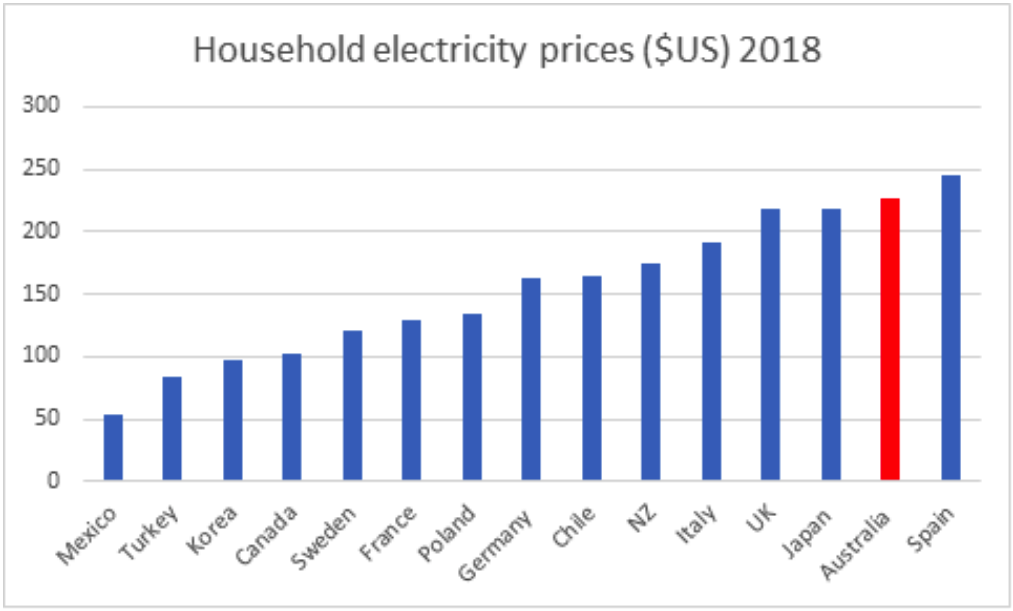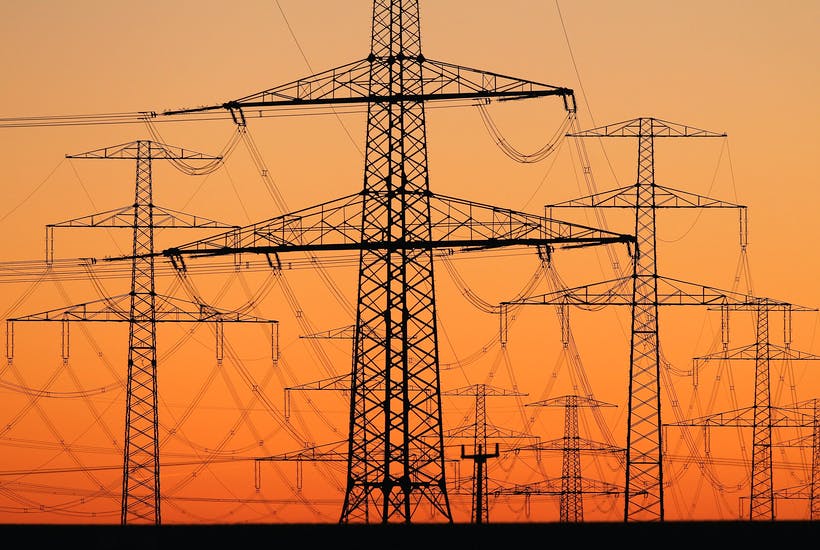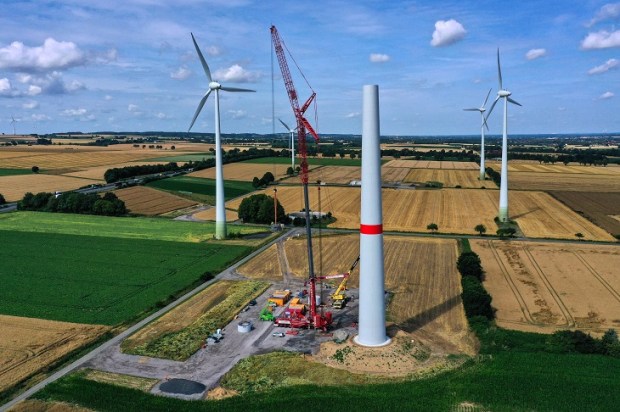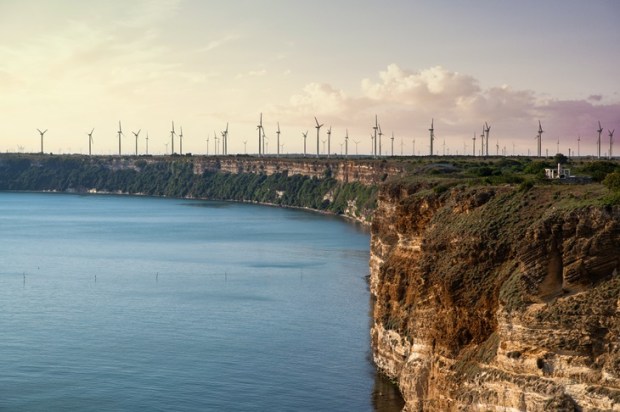In one of the most challenging commentaries by a senior politician, former resources minister Matt Canavan, advocates leaving the Paris Agreement under which Australia has agreed to take actions that will reduce its greenhouse gas emissions. He argues that Australia cannot afford to meet the treaty obligations which require replacing electricity generated from coal by expensive wind and solar. The subsidies this requires drive up the cost of energy and, with our high wage economy, prevents us having a vibrant manufacturing sector.
Steep electricity price increases have undermined the nation’s competitiveness in manufacturing and parts of agriculture and if this continues value-adding from processing will continue to decline. Senator Canavan correctly attributes the increase in electricity costs to measures taken by successive Australian governments to replace fossil fuels by renewables.
Australian electricity supply has, in the course of 20 years, moved from just about the cheapest in the world to one of the most expensive. The present relative position is indicated by this graph.

Source IEA
Twenty years ago Australia, along with Poland and the US, enjoyed electricity prices that were less than half of those of Japan and most of Europe.
The previous low prices were built on Australia’s fabulous deposits of low sulphur, conveniently situated coal deposits. The mining and conversion of these into electricity was privatised or corporatised in the 1990s, consolidating the industry’s low cost and efficiency.
This was undermined by successive governments forcing electricity users to progressively increase the use of wind and solar supplies. From zero two decades ago, they now comprise 16 per cent of supply. Subsidised wind and solar sources have caused sub-optimal, stop-start operation of other power stations, reducing their profitability and causing closures, as well as deterring the building of new coal generators. Their intermittent nature of these forms of renewable energy has also required increased management costs and brought lower reliability.
Successive energy ministers over the past twenty years have been sucked into the renewable energy vortex. They have been persuaded that the electricity generated by wind and solar is easily manageable and that its low marginal cost characteristics will bring about a general lowering of prices.
That this was mistaken was demonstrated by the forced closures of the Hazelwood and Northern power stations three years ago, closures that resulted in prices more than doubling.
Over the past three years the Commonwealth has been attempting to moderate electricity prices. Among the policies have been a seeking to divert export gas to domestic energy supply, legislating changes to compress retail margins and pressuring AGL to defer closure of its Liddell coal power station. Though the Minister, Angus Taylor, points to the present low prices during the COVID-19 shutdowns as presaging a new era, this will not eventuate.
Building on existing approaches, the government has plans for taxpayer or regulatory support for new controllable electricity supplies. Included in these are proposals to build new transmission links to allow greater use of wind and the projected $5 billion conversion of the SnowyHydro, and further funding for TasHydro, to convert these peak supply sources into facilities that balance the intrinsic intermittency of wind and solar projects.
Longer-term schemes include adding to the already exorbitant funding of carbon capture and storage, a dead-end technology designed go bury carbon dioxide emissions from coal and gas, and funding research designed to obtain power from hydrogen.
All of these proposed measures are either highly speculative or short-term palliatives.
Renewable energy has been promoted as being on the cusp of low cost for decades; some sponsors claim it is already cheaper than fossil fuel-generated electricity but none of this point of view advocates the corollary of terminating the renewable energy subsidies.
Indeed, all the former senior bureaucrats who expressed support for action to reduce carbon dioxide emissions interviewed in a recent Four Corners program voiced regret that the subsidies have been too low to bring about the coal plant closures they favour. Nor was attention drawn to the fact that the capacity of Australia’s 24 coal power stations is only 2.5 per cent of China’s – in 2019 alone China commissioned about half as much new coal plant capacity as the total amount in Australia.
China has married a low-cost coal, hydro and nuclear-based electricity supply with low-cost labour and come to dominate world manufacturing. Australia has sacrificed its own manufacturing capability by abandoning the world’s cheapest electricity supply to a toxic brew of environmental virtue signalling and renewable energy subsidy seekers.
Canavan has joined other Coalition voices, notably Craig Kelly, in belling the renewables cat. The question vital for Australia’s economic prosperity is can the subsidies be removed to allow a restoration of the nation’s fabulous energy advantage and how soon can this happen?
Alan Moran is with Regulation Economics. His latest book is Climate Change: Treaties and Policies in the Trump Era.
Got something to add? Join the discussion and comment below.
Got something to add? Join the discussion and comment below.
Get 10 issues for just $10
Subscribe to The Spectator Australia today for the next 10 magazine issues, plus full online access, for just $10.


























Comments
Don't miss out
Join the conversation with other Spectator Australia readers. Subscribe to leave a comment.
SUBSCRIBEAlready a subscriber? Log in